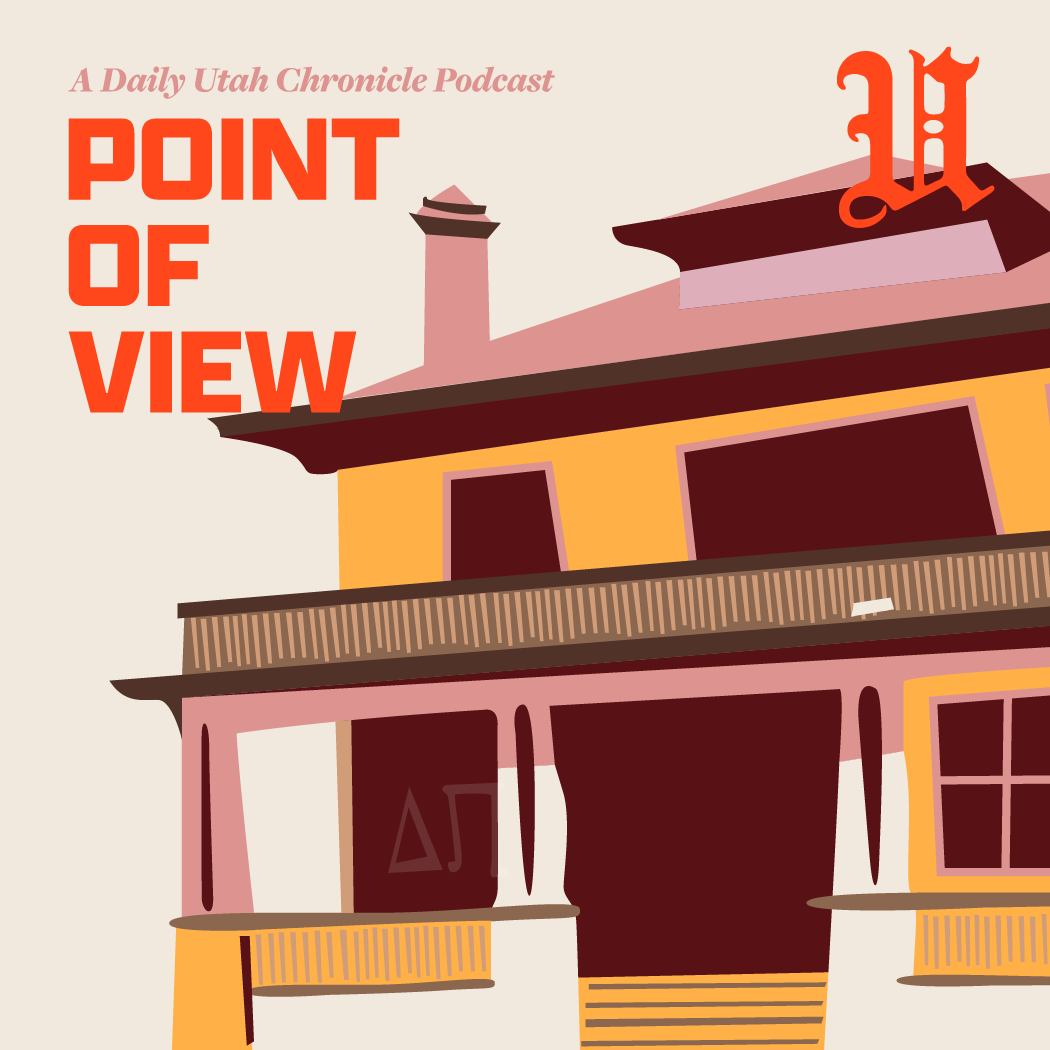Fossils of two early human ancestors unveiled this month have prompted challenges to a popular notion of the evolutionary process of humans.
Two U geologists helped date evidence near the fossils that suggests two species of early hominids co-existed for a longer period of time than previously thought.
As part of an international team, Francis Brown, dean of the College of Mines and Earth Sciences, and Patrick Gathogo, a doctoral student in geology and geophysics, dated the layers of ash where the fossils were discovered nearly five years ago in the Turkana Basin in Kenya.
“People have been talking about the overlap, but without much evidence, as far as dating is concerned,” Gathogo said. “We show that it’s very significant, within the same area, because the two sites were just about one mile apart?So they were essentially living in the same time and place.”
The traditional theory of human evolution states that Homo erectus evolved from the more primitive Homo habilis, and the earlier species of habilis died off not too long afterward. However, a newly discovered 1.44 million-year-old jawbone from Homo habilis suggests the two co-existed for about half a million years.
“The overlap is really significant, over half a million years,” Gathogo said. “And that’s really the question, as to whether they are ancestor and descendent.
I suppose it puts up for grabs who descended from whom. But I think people would think that we still come from Homo erectus, and not from Homo habilis, unless the Homo habilis branch is farther back in time — It all gets very messy.”
In addition to the length of time the two hominid species coexisted, a 1.55 million-year-old skull of Homo erectus led the researchers to theorize that Homo erectus was less like modern humans than previously believed because the skull was much smaller than other Homo erectus specimens.
“What is odd about people these days is that there’s only one of us, just Homo sapiens,” Brown said. “That’s different from the past when quite commonly there have been more than one sort (of hominids) living in close proximity with one another.”
Brown, Gathogo and Ian McDougall from the Australian National University collaborated to date ash above and below the fossils. Gathogo mapped the Turkana Basin area and McDougall performed the actual carbon dating.
“The U was responsible for determining the order of the strata that are there, for figuring out where the fossils lie with respect to the datable strata and estimating the ages between those dates,” Brown said. “You have to put the geology together to see how they fit in the sequence.”
The Turkana Basin is known for the large space of exposure of fossils. Since the mid 1960s geologists, paleontologists and archeologists have been studying fossils and strata in the basin.
“So we’ve got people from Holland, England, the U.S., Kenya and Australia,” Brown said. “This is truly international collaboration. And I think that’s a point that isn’t brought up very much. It takes the expertise from people all over the place to get this stuff done.”












